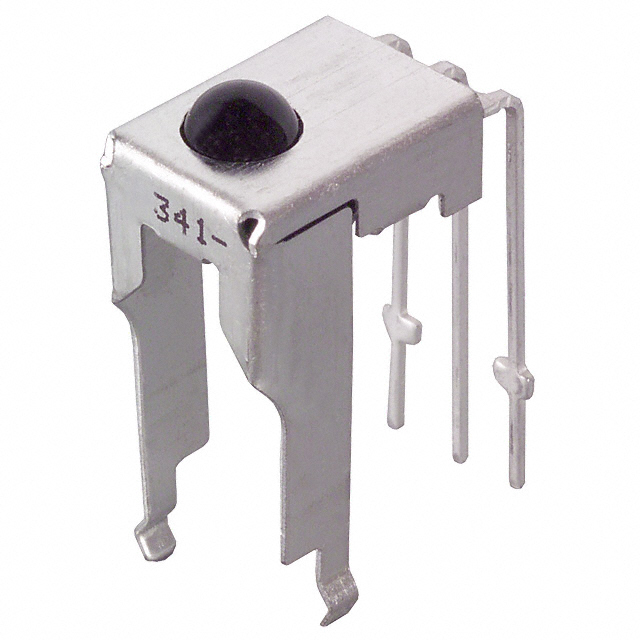How to Integrate FTC Sensors into Your Existing Systems
2025/05/14
Durchsuchen: 121
Offering premium sensor devices that are tailored to the unique requirements of companies in a range of industries is our area of expertise at FTC. We stand out as a preferred supplier and distributor of sensors, like our cutting-edge GP1UD28XK00F remote receiver sensor, thanks to our dedication to innovation and dependability. To maximize the potential of sensors and improve operational efficiency, it is crucial to comprehend how to incorporate them seamlessly into your current systems.
Understanding the GP1UD28XK00F Sensor Product
The GP1UD28XK00F is a top-of-the-line remote receiver sensor that operates at a frequency of 40 kHz. It features a voltage supply range of 2.7V to 5.5V and offers a sensing distance of up to 10 meters. Designed with a through-hole mounting type, this sensor is ideal for various applications, making it a valuable addition to your inventory of sensor products. It is also lead-free and RoHS compliant, ensuring that it meets stringent environmental standards.
When considering to buy sensors like the GP1UD28XK00F, it's imperative to analyze how these products can be efficiently integrated into your current systems. The unique design and specifications of this sensor enable compatibility with a wide range of devices, enhancing its utility in your operations.
Steps to Seamlessly Integrate Into Existing Systems
Integrating FTC sensor products like the GP1UD28XK00F into existing systems involves a systematic approach. First, assess your current setup to determine the communication protocols and interface requirements. Understanding the technical specifications of both your existing systems and the sensor will help clarify how they will interact.
Once the requirements are established, the next step is to ensure the physical compatibility of the sensor. The GP1UD28XK00F's through-hole mounting facilitates easy installation. Additionally, verify that the power supply is appropriate for the sensor's operating voltage, ensuring that all components are energized properly.
It's equally important to configure your software systems to recognize the new sensor. This may involve setting up communication parameters and calibrating the sensor for accurate data collection. FTC provides comprehensive documentation and customer support to assist in this process, making integration smoother and more efficient.
Monitoring and Optimizing Sensor Performance
After successfully integrating the GP1UD28XK00F into your existing systems, continuous monitoring is vital. Regular assessments of sensor performance can help identify issues early and ensure that data accuracy remains high. Utilizing data logging and analytics tools will provide insights into how well the sensor is contributing to your operational efficiency.
Furthermore, optimize the placement of the sensor to ensure it captures the best possible data relative to your application. The sensing distance of up to 10 meters offers flexibility in installation, allowing it to be positioned in the most effective location for your specific needs.
Conclusion
In conclusion, integrating FTC's GP1UD28XK00F sensor into your existing systems is a strategic decision that enhances the efficiency and effectiveness of your operations. As a dedicated distributor of high-quality sensors, FTC provides expert guidance throughout this process. By understanding the sensor's specifications, following a structured integration process, and continuously monitoring its performance, businesses can fully leverage the benefits of these sensor products. When you choose to buy sensors from FTC, you are not just purchasing products; you are investing in a partnership focused on your success through advanced technology and unwavering support.

